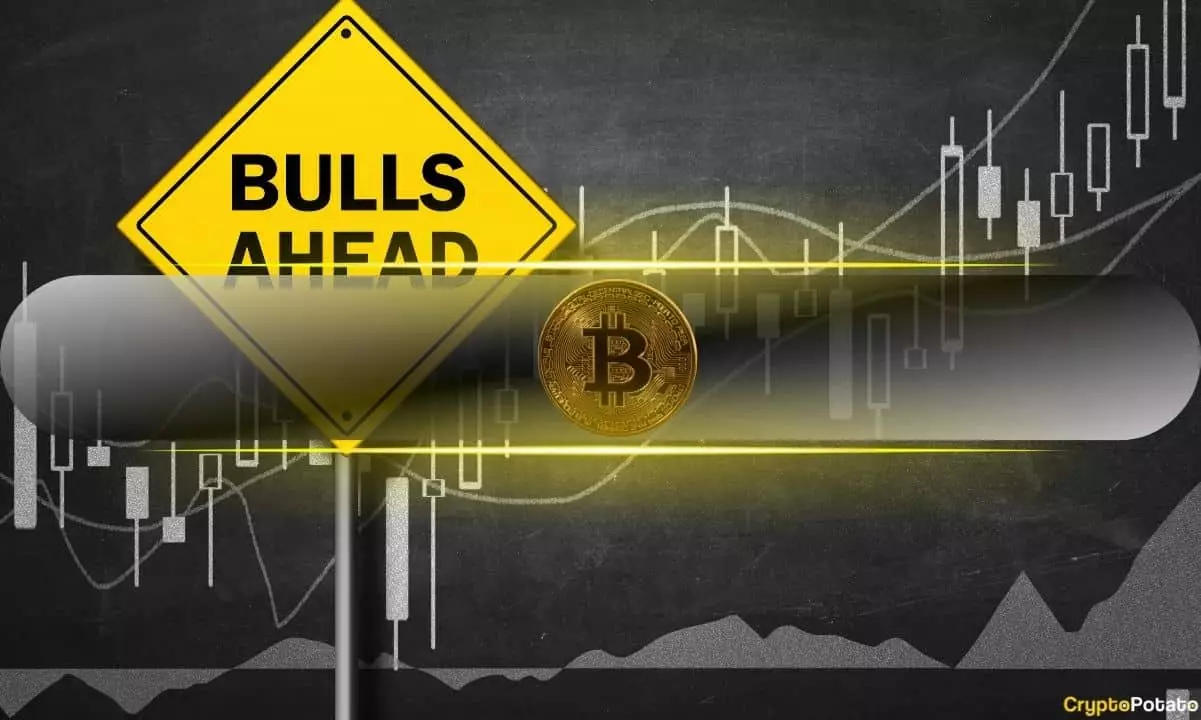Bitcoin’s price surged to $65,000 after a period of stagnant trading sideways, with a $5,000 daily increase. One of the potential catalysts behind this sudden surge can be attributed to the actions of the US Federal Reserve. The relationship between Bitcoin and the Federal Reserve’s economic policies has been evident in recent years, particularly following the COVID-19 crash. The unprecedented inflation spike led to a significant rise in interest rates, resulting in less allocation of funds to risk-on assets like Bitcoin. Experts anticipated a price surge once the Fed pivoted from its strategy and lowered key interest rates, following the examples set by other central banks like the ECB, the Bank of England, and the Bank of Canada.
Another factor impacting Bitcoin’s price surge is the current US presidential election cycle. The difference in approach towards the cryptocurrency industry by the Democratic and Republican candidates has been a significant point of consideration. President Joe Biden’s administration has been relatively unfavorable towards the crypto industry, as evidenced by the SEC’s regulatory measures. In contrast, Republican candidate Donald Trump has shown a more positive stance towards Bitcoin and promised favorable conditions for miners and other industry players. Trump’s promises, including the intention to dismiss the SEC’s Chair Gary Gensler on his first day in office, have garnered attention from the crypto community. The withdrawal of Biden from the 2024 race and the subsequent entry of VP Kamala Harris as a replacement has shifted the dynamics of the election cycle.
Recent developments, such as Robert F. Kennedy’s endorsement of Trump and the suspension of his independent campaign, have added to the positive sentiment surrounding Trump and the crypto market. Kennedy’s vocal support for Bitcoin has been viewed favorably by the crypto community, further boosting the confidence in Trump’s potential presidency. These developments, along with the Federal Reserve’s indication of potential interest rate cuts in September, have contributed to Bitcoin’s price surge from $60,000 to $65,000 within 24 hours. The convergence of these factors highlights the interconnectedness of global economic policies and political events on the volatile cryptocurrency market.
Bitcoin’s price movements are influenced by a combination of macroeconomic factors and geopolitical events. The US Federal Reserve’s policies and the outcome of presidential elections play a crucial role in shaping market sentiment and driving price fluctuations in the cryptocurrency space. As investors navigate through these uncertainties, staying informed about the broader economic landscape and political developments becomes essential for making informed decisions in the volatile world of digital assets.

